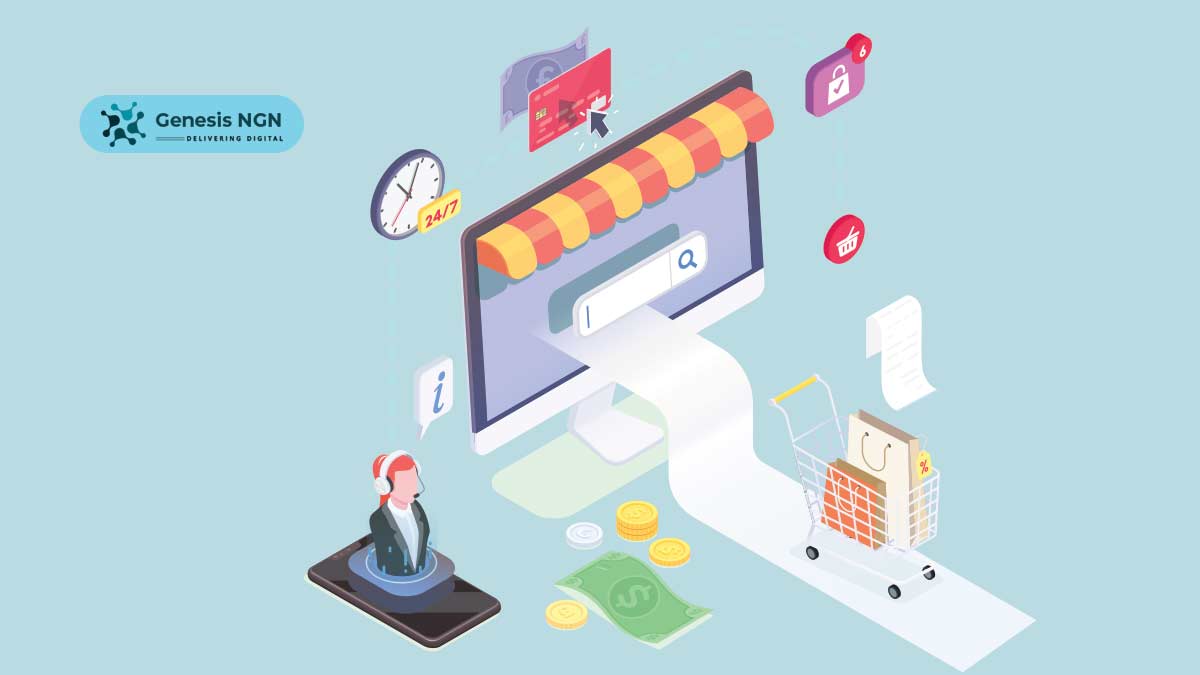In the past 10 years, the retail industry has changed a lot and will change more in the coming 10 years. From stores being converted into websites that offer all the features of stores, everything is changing now to provide a user-oriented environment.
The basic fundamental of this environment is to provide all the functions of a store more conveniently.
Here are the five trending technologies that will affect your shopping experience while shopping offline.
Bluetooth Beacons
Bluetooth Beacons are nowadays very popular and used by many retailers to increase their in-store experience. Bluetooth Beacons are wireless devices that transmit a continuous radio signal. The signal IDs detected by smartphones send the IDs to a cloud server. The server then pushes the targeted IDs to the device via Bluetooth Low Energy (BLE). This technology helps in providing the location of customers easily.
This means retailers are able to gather data not only on your movements but also be able to push content to your device.
For example, you’re walking past your favorite department store and they’re having a sale. With a Bluetooth Beacon nearby, your phone could alert you about the sale. From the retailer’s perspective, the data collection aspect of Beacons is arguably more important than sales. They can use the information to better segment customers and advertise accordingly. Stores like Macy’s and Barneys have already deployed beacons.
Facial Recognition
Another new technology trend for retailers in 2020 is Facial Recognition. Retailers are no longer content to identify the customers by a swipe of a loyalty card at the point of sale. They want to identify them as soon as they enter the store. The iPhone X has helped to normalize facial recognition and using this technology, retailers aim to provide a customized experience.
The technology, which uses over 16,000 reference points on your face, was originally designed to support security at events and international airports. But by using facial recognition systems, retail staff will know what type of products their customers buy. They’ll be able to use software that reads emotion to identify when their customers are liking or not liking the product and notify staff to respond accordingly.
Robotic Shopping Assistant
The staff that responds to customer queries can be replaced by new robotic shopping assistant technology. This technology already exists and can respond in multiple languages. The technology has built-in 3D scanners with image recognition software to identify items and navigate the store to guide customers about the product.
These robots are intelligent enough to navigate existing stores and move around customers. The data these robots gather is compiled and analyzed to provide improvement recommendations.
Smart Changing Room Mirrors
Traditional mirrors can be replaced by smart mirrors. Yes, you heard it right. This can be achieved by using artificial intelligence, virtual reality, and gesture recognition technology. The mirrors can superimpose clothing over your on-screen image. In effect, the mirror becomes a virtual changing room where you can create complete outfits without ever getting undressed. This technology allows you to see all items, try dozens of different combinations to see what the same item will look like in a different color. You can even share your virtual picture on social media so that your friends can give you advice before you buy that new jacket.
Essentially, it brings the ease of online shopping into the tangible world of retail. But, retail stores can also use this technology to measure the average time in the fitting room and to see which items have the highest conversion rate.
Elimination of the Checkout Lane
Robot support and interactive displays simplify the payment process. Self Service checkouts have existed for over a decade. Paying with your phone or watch is newer, but we will see the rise and fall of this technology.
The future of payments is you walking out of the store with your items, and the items get automatically scanned and the total account has to be deducted from your account. The future payment process will have no queues, no need to scan any items, no checkouts, and no hassles.These are some of the new technology trends for retailers in 2020.

